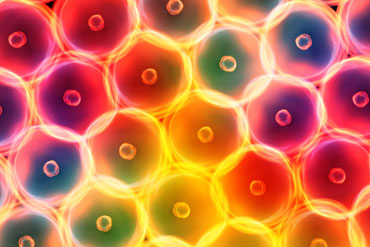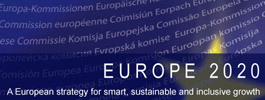by Alessandro Nanni Costa, Director General, Italian National Transplant Centre and Giancarlo Liumbruno, Director General, Italian National Blood Centre

Millions of EU citizens owe their survival or quality of life to blood transfusions, to the transplantation of organs, tissues and cells such as bone marrow or corneas, or to the use of donated gametes for assisted reproduction, all made possible by the generous donations made by others. While these benefits are widely acknowledged, professionals in the field of substances of human origin are also conscious of the importance of ensuring that any risks associated with the clinical use of these substances are minimised and monitored. Since 2002, the EU has regulated this field through a series of directives aimed at ensuring safety and quality.
Vigilance, from the Latin 'vigilare' - to stay awake/alert – is a key element of the regulatory framework for substances of human origin and programmes of vigilance reporting are required by the EU legislation for all three subsectors: blood, organs and tissues and cells. The Commission gathers annual reports of adverse reactions and events that occurred in Member States and that may have been associated with the quality and safety of the blood, tissues or cells. The reporting, investigation and aggregation of this information is an invaluable resource for experts in Member States in their quest to continuously improve their systems. The summary reports issued by the Commission are published on the Europa website. The Commission has also just launched an important tool to support vigilance, the EU Coding Platform, which allows professionals to create and decode the Single European Code for tissues and cells in the EU, enhancing the ability to trace and recall when a defect or risk is detected.
To further support improvements in vigilance and inspection in the fields of blood, tissues and cells, a large Joint Action, co-funded by the Public Health Programme, was launched in 2015. Entitled VISTART (Vigilance and Inspection for the Safety of Transfusion, Assisted Reproduction and Transplantation), it is led jointly by the two authorities in Italy that are responsible for the oversight of these fields: the Italian National Transplant Centre and the Italian National Blood Centre. Thirteen Member States and Norway are associated partners and many others are also collaborating in this important initiative, the first action to bring together the worlds of blood transfusion and tissues and cells. Together we are exploring regulatory practices and agreeing strategies for improvement, harmonisation and inter-Member State collaboration. Proposals will be made to the Commission for improvements to the annual vigilance reporting exercises and the action will build strong collaboration with the WHO's Notify Library, a global collection of analysed adverse occurrences that are associated with the donation or use of substances of human origin. Through the work of VISTART, EU Member States will contribute to this initiative, sharing the learning that has emerged from EU vigilance programmes with their colleagues around the globe.







